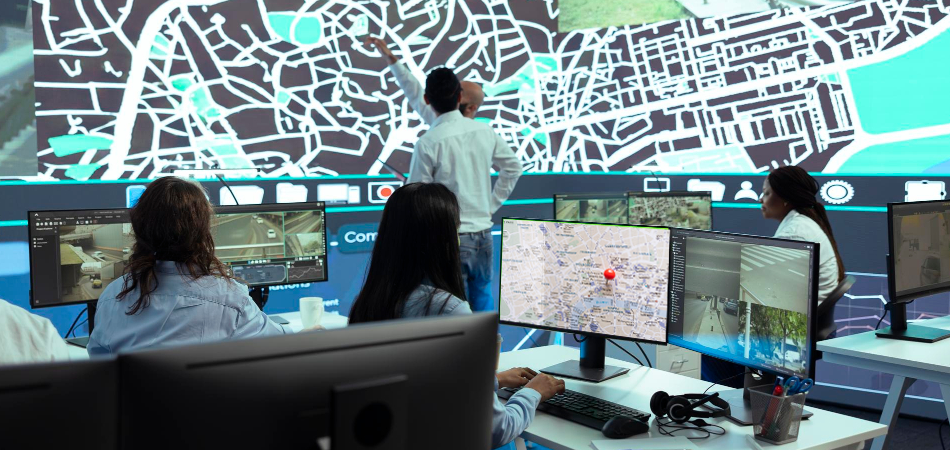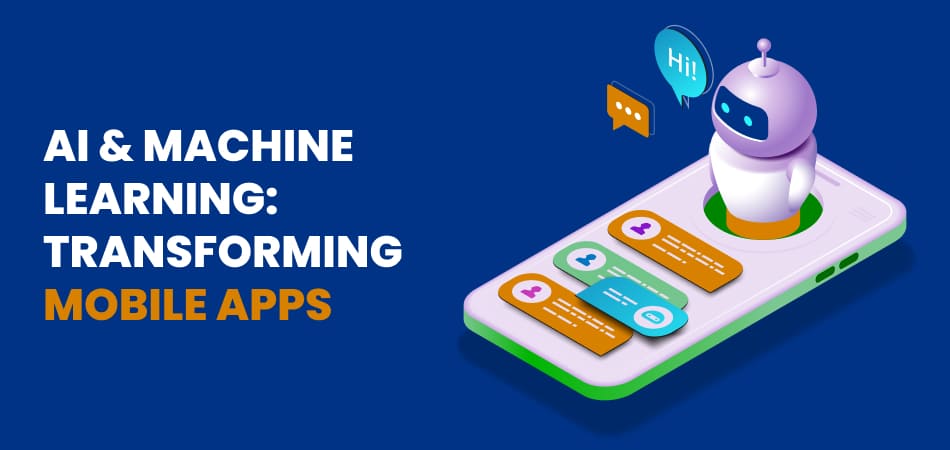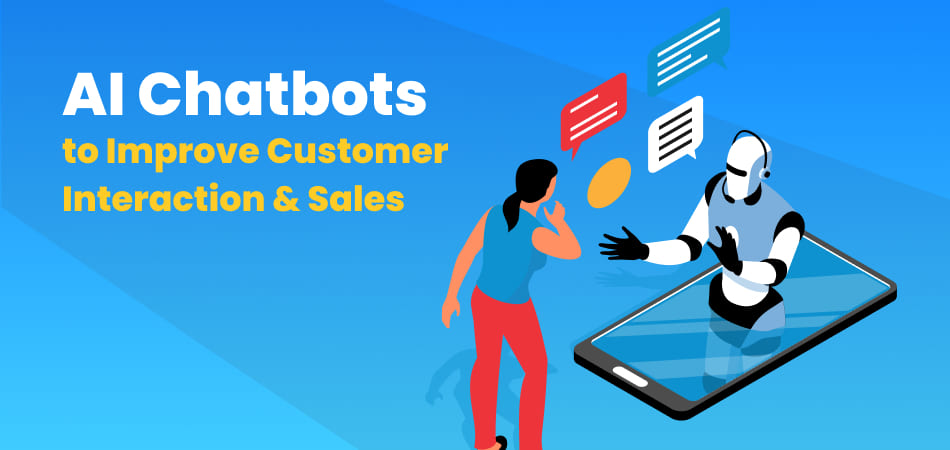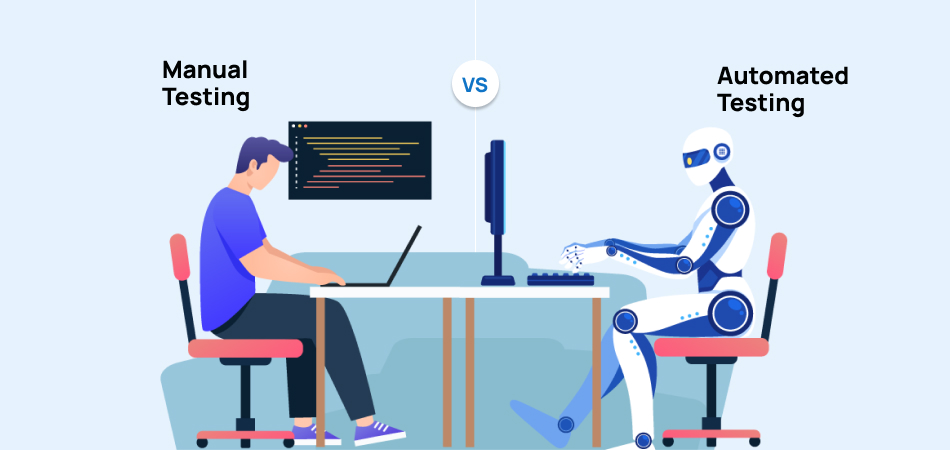Remember the last time you ordered something online and tracked it obsessively, wondering why it seemed to take the scenic route to your doorstep? Or perhaps you’ve been stuck behind a delivery truck making what felt like the world’s most inefficient stops? The truth is, route optimization has been one of logistics’ greatest challenges for decades – until now.Today’s AI agents are revolutionizing how businesses plan, execute, and optimize their delivery routes, turning what was once a complex puzzle into an automated, intelligent system that saves time, money, and reduces environmental impact. Let’s dive into how this technology is reshaping the world of deliveries.
The Route Optimization Challenge: It’s More Complex Than You Think
Before we explore the AI solution, let’s understand the problem. Route optimization isn’t just about finding the shortest path between two points – that’s what your GPS does. Real-world delivery optimization involves juggling multiple variables simultaneously:
- Multiple destinations: A typical delivery driver might have 50-200 stops per day
- Time windows: Customers expect deliveries within specific timeframes
- Vehicle constraints: Weight limits, fuel capacity, and driver working hours
- Dynamic conditions: Traffic patterns, weather, road closures, and last-minute changes
- Cost factors: Fuel costs, driver wages, vehicle maintenance, and customer satisfaction

Enter AI Agents: The Game Changers
AI agents for route optimization are sophisticated software systems that can analyze vast amounts of data, learn from patterns, and make real-time decisions that would take humans hours or days to compute. Unlike traditional software that follows pre-programmed rules, these AI agents continuously learn and adapt.
How AI Agents Work Their Magic
- Data Ingestion and Analysis Modern AI agents consume data from multiple sources simultaneously:
- Historical delivery data and performance metrics
- Real-time traffic conditions from multiple APIs
- Weather forecasts and current conditions
- Customer preferences and delivery windows
- Vehicle specifications and driver schedules
- GPS tracking data from active deliveries
- Pattern Recognition and Learning The AI doesn’t just process current data – it learns from every completed route. Over time, it identifies patterns like:
- Which routes consistently take longer than predicted
- How weather conditions affect delivery times in different areas
- Customer behavior patterns (when they’re typically home)
- Traffic patterns that standard mapping services might miss
- Dynamic Optimization Perhaps most impressively, these AI agents can optimise routes in real-time. When a customer cancels an order, traffic conditions change, or a driver encounters an unexpected delay, the AI instantly recalculates not just that driver’s route, but potentially the routes of nearby drivers to maintain overall efficiency.
Real-World Impact: The Numbers Don’t Lie
The results speak for themselves. Companies implementing AI route optimization typically see:
- 20-40% reduction in fuel costs: By minimizing unnecessary mileage and optimizing for fuel efficiency
- 15-25% increase in delivery capacity: Same number of drivers, more deliveries per day
- 30-50% reduction in planning time: What took hours now takes minutes
- 85-95% improvement in on-time deliveries: Better predictions and real-time adjustments
- 20-30% reduction in carbon emissions: More efficient routes mean less fuel consumption
Take the example of GreenDelivery Co., a regional logistics company that implemented AI route optimization six months ago. Their operations manager, Mike Rodriguez, shared their transformation: “We went from completing an average of 120 deliveries per day with our 8-truck fleet to 165 deliveries. Our fuel costs dropped by 35%, and customer complaints about late deliveries virtually disappeared.”
Key Features of Modern AI Route Optimization Systems
1. Multi-Objective Optimization
Today’s AI agents don’t just optimize for one factor – they balance multiple objectives simultaneously. They can prioritize cost savings during off-peak periods and switch to customer satisfaction optimization during busy seasons, all automatically.
2. Predictive Analytics
These systems don’t just react to current conditions; they predict future scenarios. The AI can anticipate traffic buildups, weather-related delays, and even customer availability based on historical patterns.
3. Integration Capabilities
Modern AI route optimization platforms integrate seamlessly with:
- Existing fleet management systems
- Customer relationship management (CRM) platforms
- Warehouse management systems (WMS)
- Accounting and billing software
- Mobile apps for drivers and customers

4. Real-Time Communication
AI agents maintain constant communication with drivers through mobile apps, providing:
- Turn-by-turn navigation optimized for delivery vehicles
- Real-time route updates based on changing conditions
- Customer communication templates for delays or issues
- Photo capture and proof-of-delivery features
Industry Applications: One Size Doesn’t Fit All
E-commerce and Last-Mile Delivery
Online retailers face the challenge of customer expectations for fast, reliable delivery. AI agents help by:
- Optimizing for customer time preferences
- Balancing same-day and scheduled deliveries
- Managing return pickups alongside forward deliveries
- Handling peak season volume spikes
Food Delivery Services
Food delivery presents unique challenges with time-sensitive products and customer satisfaction directly tied to delivery speed. AI agents excel here by:
- Coordinating pickup times with restaurant preparation schedules
- Optimizing for food quality preservation during transport
- Managing driver availability and order clustering
- Adapting to peak dining hours and special events
Field Service Operations
Service companies with technicians visiting customer locations benefit from AI optimization through:
- Scheduling appointments based on geographical proximity
- Accounting for different service durations
- Managing emergency calls and priority services
- Optimizing for technician skills and equipment requirements
Implementation: Getting Started with AI Route Optimization
Choosing the Right Solution
Not all AI route optimization solutions are created equal. Key factors to consider include:
- Scalability: Can the system grow with your business?
- Integration ease: How well does it work with existing systems?
- Customization: Can it adapt to your specific business rules?
- Support and training: What kind of implementation support is provided?
- Cost structure: Understand the pricing model and ROI timeline
Implementation Timeline
Most companies can expect a phased implementation over 3-6 months:
Phase 1 (Month 1): System setup and data integration Phase 2 (Months 2-3): Pilot testing with a subset of routes Phase 3 (Months 4-5): Full deployment and staff training Phase 4 (Month 6): Performance optimization and fine-tuning
Change Management
The human element remains crucial. Successful implementations involve:
- Comprehensive staff training on new systems
- Clear communication about benefits and changes
- Gradual transition periods to build confidence
- Regular feedback sessions to address concerns
Overcoming Common Challenges
Data Quality Issues
“Garbage in, garbage out” applies strongly to AI systems. Common data challenges include:
- Inconsistent address formats
- Outdated customer information
- Incomplete historical delivery data
- Integration gaps between systems
Solution: Invest time upfront in data cleaning and establish ongoing data quality processes.
Driver Adoption
Some drivers may resist new technology. Successful companies address this by:
- Involving drivers in the selection process
- Highlighting how the technology makes their jobs easier
- Providing comprehensive training and ongoing support
- Sharing success stories and positive outcomes
Initial Investment Concerns
While AI route optimization requires upfront investment, the ROI typically becomes apparent within 3-6 months. Companies can ease budget concerns by:
- Starting with pilot programs
- Choosing solutions with flexible pricing models
- Calculating potential savings across all operational areas
- Considering the cost of not optimizing (lost efficiency, higher fuel costs, customer dissatisfaction)

The Future of AI Route Optimization
The technology continues to evolve rapidly. Emerging trends include:
Autonomous Vehicle Integration
As autonomous delivery vehicles become reality, AI route optimization will seamlessly coordinate human drivers, autonomous vehicles, and drones in hybrid delivery networks.
Sustainability Focus
Future AI agents will increasingly optimize for environmental impact, considering factors like:
- Electric vehicle charging station availability and timing
- Carbon footprint minimization
- Sustainable packaging and delivery method recommendations
Hyper-Personalization
AI will enable unprecedented customization, potentially optimizing routes based on individual customer preferences, delivery success rates, and even mood patterns detected through customer interactions.
Predictive Maintenance Integration
Route optimization will incorporate vehicle health data to schedule maintenance during optimal times and route vehicles away from service locations when maintenance is needed.
Measuring Success: KPIs That Matter
To ensure your AI route optimization investment delivers value, track these critical metrics:
Operational Efficiency
- Average deliveries per route
- Fuel consumption per delivery
- Total route time and distance
- Driver utilization rates
Customer Satisfaction
- On-time delivery percentage
- Customer complaints and compliments
- Delivery attempt success rates
- Customer retention rates
Financial Impact
- Cost per delivery
- Fuel cost savings
- Labor productivity improvements
- Revenue per delivery route
Environmental Impact
- Carbon emissions per delivery
- Fuel efficiency improvements
- Electric vehicle utilization rates
- Overall sustainability metrics
Conclusion: The Route to Success
AI agents for route optimization represent more than just a technological upgrade – they’re a fundamental shift toward smarter, more sustainable, and customer-centric delivery operations. Companies that embrace this technology today position themselves for competitive advantages that compound over time.
The question isn’t whether AI will transform route optimization – it already has. The question is whether your business will be among the leaders leveraging this technology or among those catching up later.
The technology is mature, the ROI is proven, and the competitive advantages are clear. For businesses serious about optimizing their delivery operations, the time to act is now. The route to success has never been more clearly mapped out – thanks to AI agents that are quite literally showing us the way.



